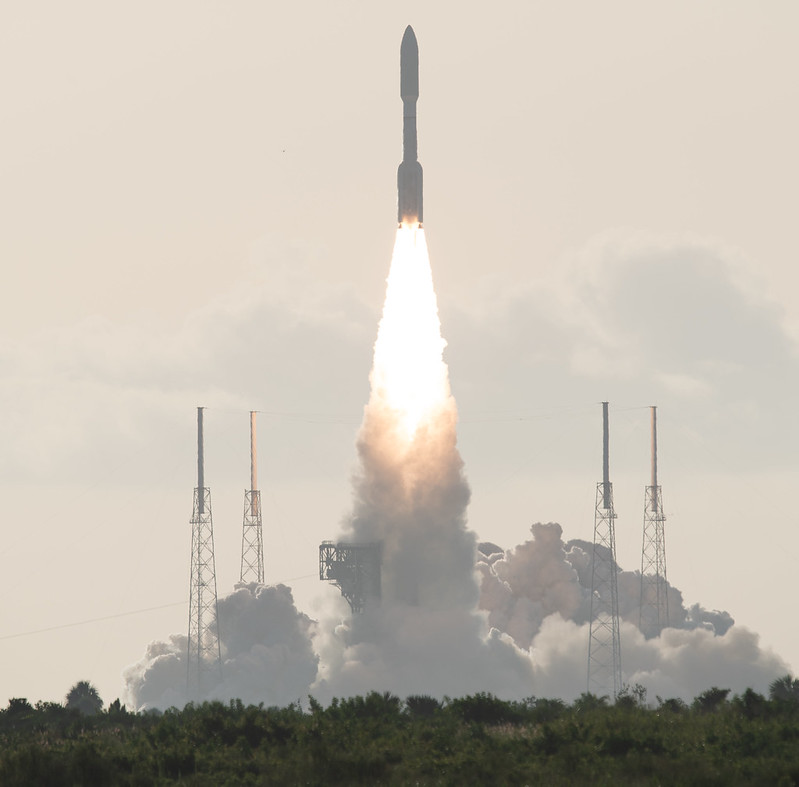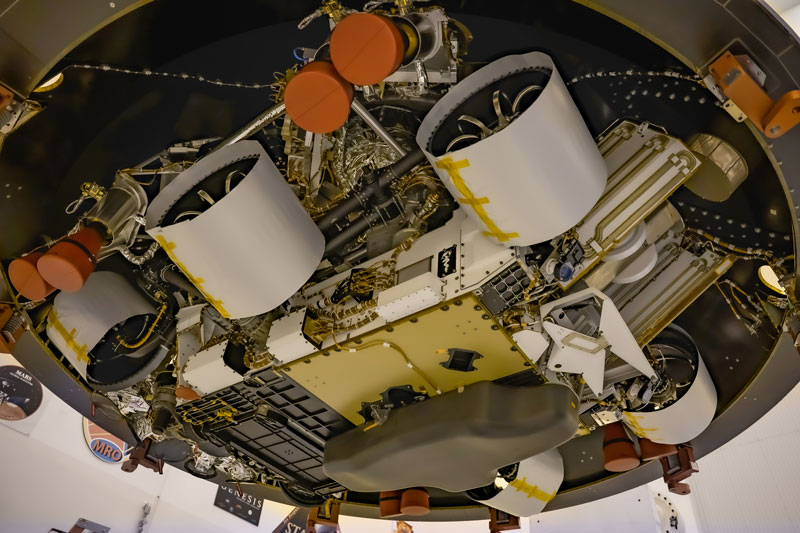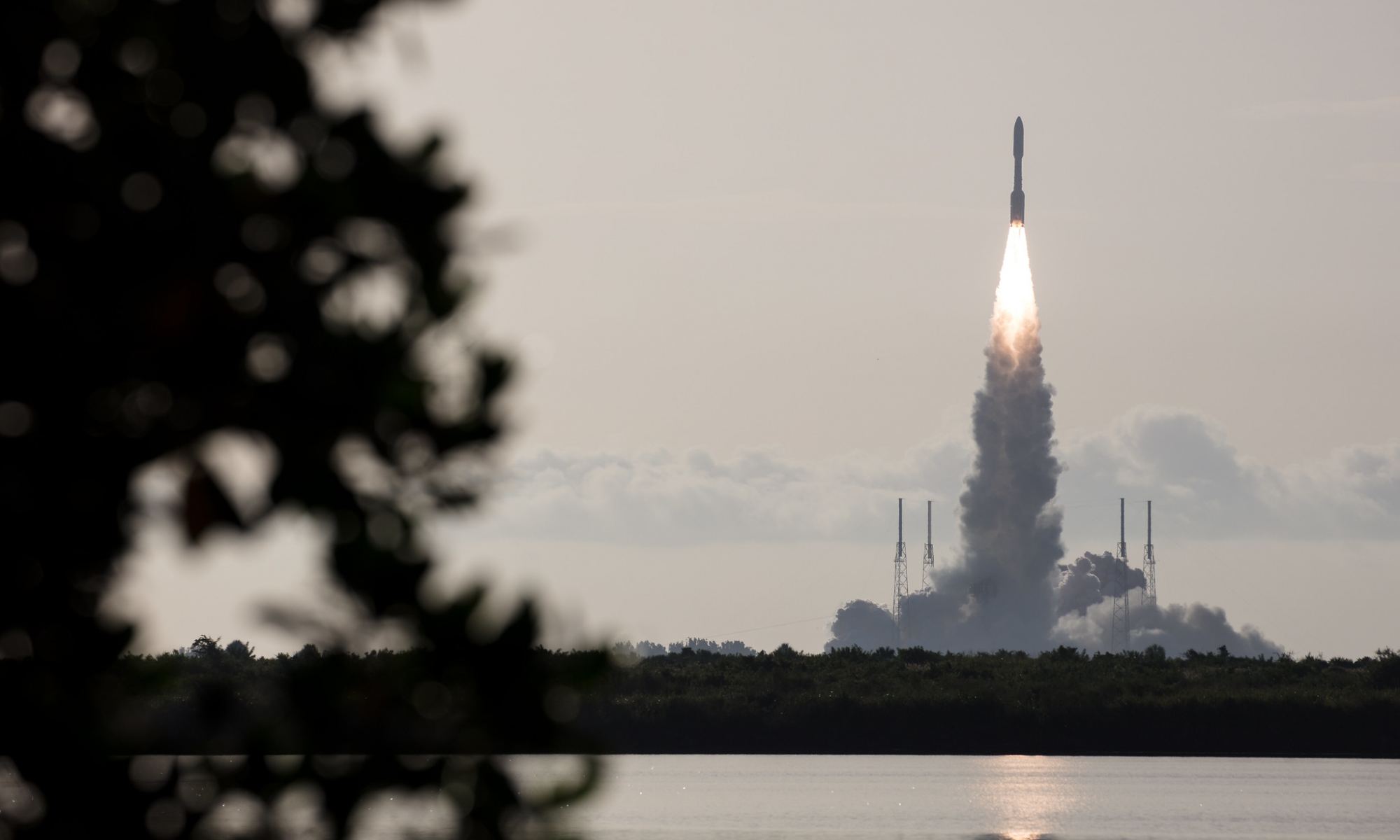NASA’s Mars 2020 Perseverance rover is now successfully on its journey to Mars, launching from Space Launch Complex 41 at Cape Canaveral Air Force Station at 7:50 am EDT (1150 GMT). Just minutes before the Atlas 5 rocket rumbled off the launchpad, a 2.9 magnitude earthquake rumbled out in California, giving a minor shake to the Jet Propulsion Laboratory in Pasadena, the Control Center for the rover.
About an hour after launch, following a burn from the Centaur rocket stage, the spacecraft carrying the rover successfully separated, and is now heading towards the Red Planet. Later, the spacecraft’s signal was acquired by the Deep Space Network, confirming communications and that all systems on the rover were operating.

“We have left the building!” said Adam Steltzner, chief engineer for the Perseverance rover team, speaking from JPL during the launch webcast. “We have started our cruise phase, and for the next seven months, we’ll make sure the rover is healthy and happy, and we’ll tweak its trajectory to make sure it’s on the right path to Mars. I’m looking forward to, ideally, a very quiet and boring cruise to Mars, as we prepare for the never-boring and always stressful entry, descent and landing on the 18th of February!”

The Perseverance rover is NASA’s first Mars mission devoted to searching for signs of life on the Red Planet, with plans to cache sample return containers to be picked up by a future Mars mission. If successful, it would be the first sample ever brought to Earth from Mars.
The rover is scheduled to land in Jezero Crater on Mars, and will not only look for signs of habitable conditions on Mars in the ancient past, but also search for signs of past microbial life.
As noted several times during the launch broadcast/webcast, the name “Perseverance” embodies NASA’s —and humanity’s —spirit of overcoming challenges. Preparing a mission to launch to Mars is challenging on its own, but doing it during a global pandemic is unprecedented.
“When I saw the country shutting down, I thought for sure there’d be no way we could launch this mission this year,” said Omar Baez, NASA senior launch director at NASA’s Kennedy Space Center. “But it was just another challenge we had to overcome. We had to keep people working safely, even though they were working together.”
Baez added it took a disciplined, focused and creative effort to allow the rover to launch during the first opportunity of the first launch window for Perseverance.
A late addition to the rover was a small plaque that commemorates the impact of the COVID-19 pandemic and pays tribute to the perseverance of healthcare workers around the world. Featuring a snake-entwined rod to symbolize healing and medicine, the plaque was attached to the rover in May 2020 at Kennedy Space Center in Florida.

The Perseverance rover includes a drill that can collect core samples of the most promising rocks and soils that will be set them aside in a “cache” on the surface of Mars. The rover has seven primary instruments:
- MASTCAM-Z, an advanced camera system with panoramic and stereoscopic imaging capability with the ability to zoom.
- Mars Environmental Dynamics Analyzer (MEDA), a set of sensors that will provide measurements of temperature, wind speed and direction, pressure, relative humidity and dust size and shape.
- Mars Oxygen ISRU Experiment (MOXIE), an exploration technology investigation that will produce oxygen from Martian atmospheric carbon dioxide.
- Planetary Instrument for X-ray Lithochemistry (PIXL), an X-ray fluorescence spectrometer that will provide detailed detection and analysis of chemical elements.
- Radar Imager for Mars’ Subsurface Experiment (RIMFAX), a ground-penetrating radar that will provide centimeter-scale resolution of the geologic structure of the subsurface.
- Scanning Habitable Environments with Raman & Luminescence for Organics & Chemicals (SHERLOC), a spectrometer to detect organic compounds.
- SuperCam, an instrument that can provide imaging, chemical composition analysis, and mineralogy.
Included in the SuperCam is the Mars Microphone, a recording device that will send back the first sounds heard from Mars.
Also included in the first helicopter to be sent on a planetary mission, the Ingenuity helicopter.
We’ll keep you posted on Perseverance’s seven-month journey to Mars. You can also find the latest info at NASA’s Mars Exploration website.

